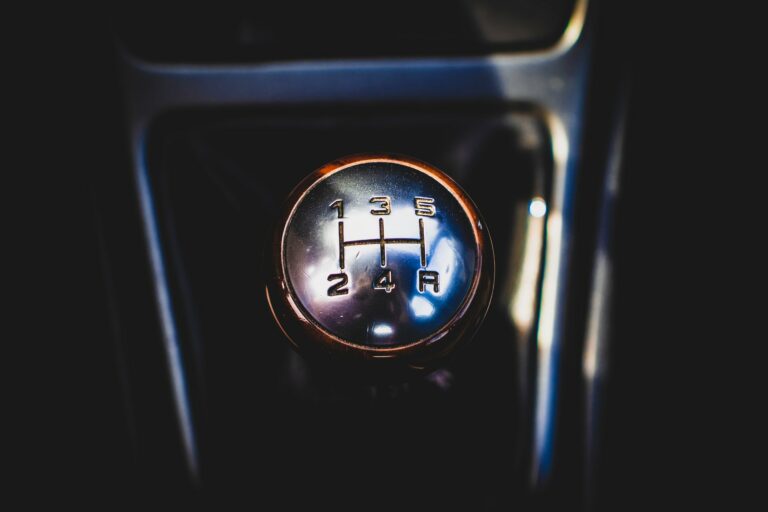Space, Japanese scientists and mice: solving problems with artificial gravity and space travel

From the first days of manned space flight, it became clear that long journeys in the absence of Earth’s gravity can have very detrimental consequences for the astronaut’s body. Staying in zero gravity leads to a significant decrease in muscle mass.
The changes come very quickly: due to the lack of gravity, which muscles usually resist, they weaken in just a week. This is especially true for the muscles of the legs, back and neck. During space flight, nothing terrible happens, but after returning to Earth, the risk of injury increases. What to do?
Fortunately, the problem can be easily solved by performing a variety of physical exercises on board the station. That is why at space stations, starting with Salyut-1, there are always simulators that support the muscle tone of the team members. But even if they do physical exercises, astronauts still return to Earth weakened.

One of NASA’s earliest artificial gravity concepts.
Precious time is wasted on the exercises, because every hour spent in space is an hour that is worth spending on conducting scientific research or maintaining the station itself. Physical education of astronauts in orbit is literally golden. This is, so to speak, the most expensive gym in the world.
The easiest option for solving the problem with astronauts’ muscles and physical exercise is to create artificial gravity at the station using centripetal force. As a result, everything inside will stick to the inside of the case. In other words, all objects on the station and people will regain their weight again – in whole or in part. But here one more problem arises – in order for the gravity on a ship to become equal to that of the Earth, the ship or station itself must be very large, or rotate at a very high speed.
Recently, Japanese scientists from the University of Tsukuba published an article that gives hope for the emergence of real artificial gravity systems on board space stations with a crew. Experts from Japan have conducted a series of experiments with mice, the results of which contribute to the emergence of what was recently only the lot of science fiction.
Imperfect experiment
Probably the most interesting point of this work is that scientists were not originally going to study artificial gravity. They set out to learn more about muscle atrophy in mammals at the molecular level, as it is important for long-term space travel.
Typically, such studies consisted of sending mice out for a week or two, after which their tissues were compared to a control group of rodents left on Earth. But the Japanese decided that such an experiment was fundamentally flawed.
Why? When there is a control and experimental group of animals, their living conditions should be similar, with the exception of the factor that is being studied. That is, the mice that went to the ISS and remained on Earth had to spend time, get food, sleep, etc. the same. An exception is the presence or absence of gravity, a factor whose influence is being studied. But it is impossible to create such equal conditions for “space” mice, in orbit living conditions are fundamentally different from those on Earth.
It all starts with a flight into space – mice that remain on Earth do not experience overloads, they are not influenced by other factors accompanying “space” mice. In space, mice will live in a microcosm with life support from the station’s corresponding systems. At the same time, they are affected by cosmic radiation – the station cannot be completely isolated. At the end of their stay at the station, the mice are sent back to Earth, and during this journey, the rodents are exposed to specific factors. But the control group of mice spent all this time in a cage somewhere in the laboratory.
Probably, some of these conditions can be simulated for the control group, but in any case it will not be a pure enough experiment.
What to do?
The answer is that everything has already been done. The Japanese have developed a facility called the Multiple Artificial-gravity Research System (MARS). It is a small centrifuge with capsules along the edge, in which mice live. This centrifuge spins fast enough to create artificial gravity equal to Earth’s in zero gravity. At the same time, only half of the mice are at the edges. The second part of the mouse team lives at the bottom of the device, where there is no gravity. In this way, researchers can be confident that all mice in the setup are in the same conditions, except for factors such as gravity.

The control and experimental groups eat the same food, drink the same water and breathe the same air.
The experiment, as it turned out, was carried out back in 2016, and its results have been published only now. Once again, it was possible to confirm that the loss of muscle mass under conditions of microgravity is stronger than under conditions of earth’s gravity. There are no surprises here. But along the way, it turned out that the expression of the muscle gene differs in animals of the control and experimental groups. And this is strong evidence that this change is caused by the absence of gravity, and not by cosmic radiation, as previously thought.
In addition, the possibility of simulating the force of gravity by rotating a system with animals inside was confirmed. The results of the experiment are consistent with the assumptions of scientists. More research will be needed in the future, but it has already been proven that rotating a spacecraft / station throughout space travel prevents muscle loss, and prolonged exercise is not required in this case.
What’s next?
Scientists are planning to conduct several experiments to simulate the gravity of the Moon or Mars – this will help to find out what happens to animal organisms in such conditions. Well, after studying the results of these experiments, it will be possible to understand what will happen to a person living on the Moon or Mars.
And this is already critically important information that is needed to continue human space exploration – to create an outpost of humanity on the Moon, Mars and, possibly, somewhere else. So far, all we know about the influence of lunar gravity is the results obtained by astronauts who have visited the moon. What happens during the months or even years spent in such conditions, we do not know.
I would also like to know how partial gravity affects the process of muscle atrophy. Perhaps the orbital station does not need to spin up to a speed that allows one to get 1G. Maybe 0.5 or even 0.3 G will be enough. For now, we can only speculate. Japanese scientists will probably soon be able to give a clear answer to all these questions.




![[Личный опыт] “Silicon Valley of Europe”: what makes Berlin special in the IT world](https://prog.world/wp-content/uploads/2021/06/relefsodiwcbxfo9rjzimxvaaqi-768x512.png)

